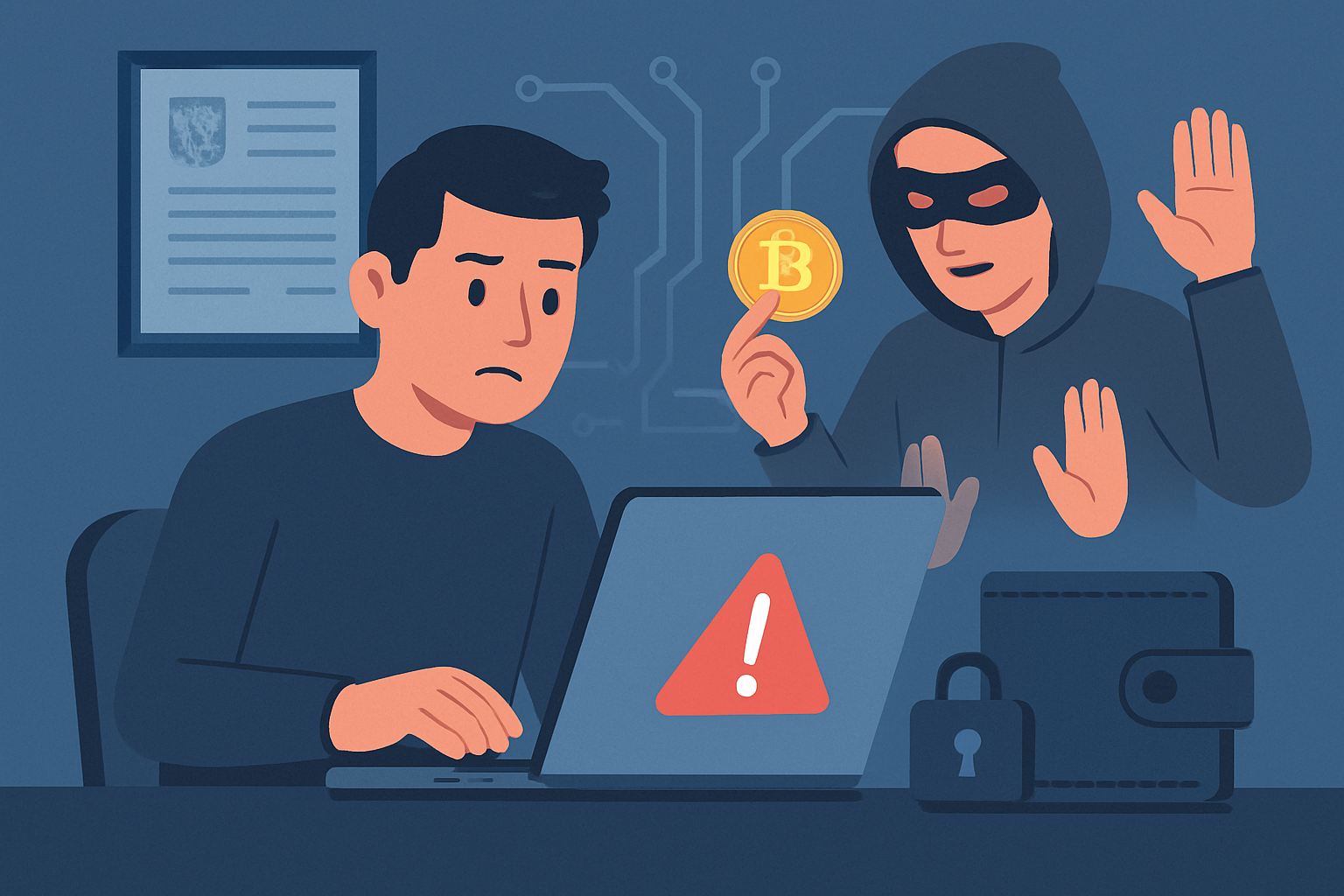Posted inCrypto Security & Safety Ecosystem News
How Fake Crypto Sites Are Scamming Investors: Lessons from the $2 Million UK Fraud Case
Imagine waking up, checking your portfolio, and realizing your “investment” has vanished faster than a meme coin during a market crash. Unfortunately, for 65 UK investors, this nightmare became reality…


